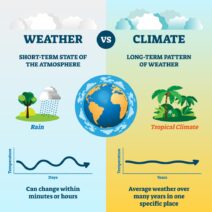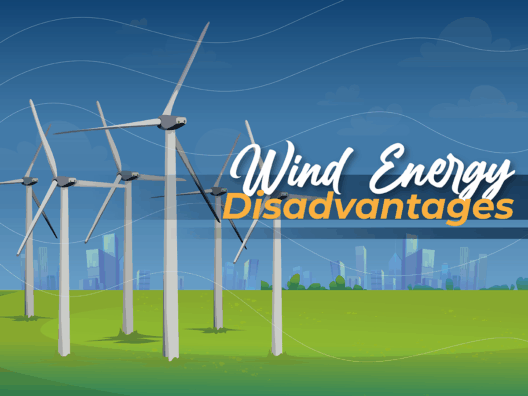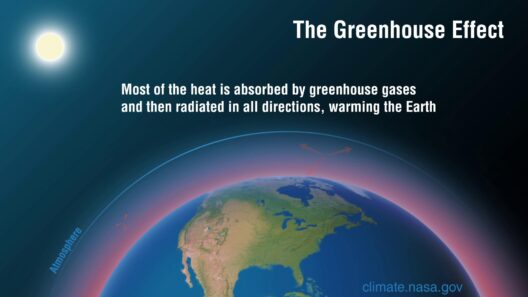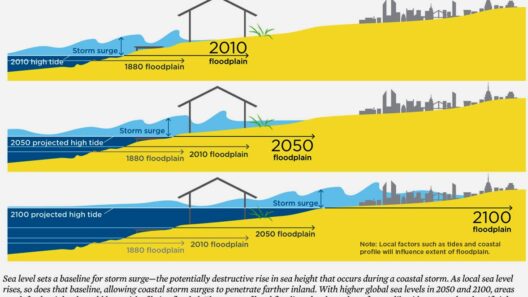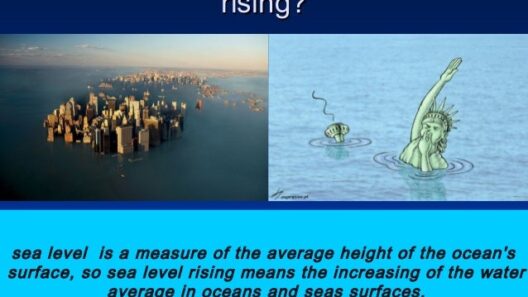Are Sea Levels Rising in Florida? Understanding the Impact of Rising Oceans on Florida’s Coastlines
The bond between land and sea is fundamental, but for Florida, this bond is under siege. Rising sea levels pose a formidable challenge to the state’s unique ecosystems, built environments, and cultural heritage. Floridians are grappling with the question: are the seas truly encroaching upon our shores, and if so, how might this reshape our coastlines? This exploration delves into the intricacies of rising ocean levels, the catalysts behind them, and the far-reaching consequences for Florida’s coastline.
Discovering the Mechanics of Sea Level Rise
Understanding sea level rise requires a foundational grasp of the mechanisms at play. Primarily, two factors contribute to this phenomenon: thermal expansion of seawater and the melting of land-based ice. As global temperatures increase, water heats up, expanding in volume and contributing to higher ocean levels. Concurrently, polar ice sheets and glaciers are rapidly melting, a process dramatically exemplified in Greenland and Antarctica.
In Florida, the situation is exacerbated by its unique topography. Much of the state is low-lying, with significant portions less than five feet above sea level. This makes Florida particularly vulnerable to even modest increases in sea levels. Predictions suggest that by 2050, sea levels could rise by as much as one to two feet, depending on various climate scenarios. This is not a distant threat; it’s an imminent reality that necessitates urgent attention and action.
The Localized Impact: Coasts on the Frontline
Florida’s extensive coastline is marked by recreational beaches, thriving ecosystems, and economic hubs. The encroachment of rising waters poses significant risks to these vital areas. Flooding, erosion, and salinization threaten not only the natural beauty of the coast but also the infrastructure and livelihoods reliant on it. The picturesque beaches of Miami, the historic sites of St. Augustine, and the fishing communities of the Gulf Coast are all under varying degrees of risk.
As saltwater infiltrates freshwater sources, drinking water becomes compromised, raising questions about public health and environmental sustainability. Coastal ecosystems, including mangroves and oyster reefs, serve as critical buffers against storm surges and coastal erosion. However, these systems falter under rising salinity and inundation, necessitating urgent conservation and restoration efforts.
Beyond Nature: The Human Cost
Rising sea levels entail substantial socio-economic repercussions. Real estate markets face a future ridded with uncertainty as property values fluctuate in response to climate risks. A study by the National Oceanic and Atmospheric Administration indicates that properties vulnerable to flooding could see a decline in value, affecting the wealth and livelihood of countless Floridians. The ramifications are particularly pronounced for lower-income families who may lack the resources to relocate or adapt to changing conditions.
In addition to tangible economic effects, the emotional and social consequences should not be understated. Communities are faced with the harrowing reality of displacement. As neighborhoods grapple with the specter of retreat, the social fabric is threatened, with close-knit communities at risk of being torn apart. The phrase “climate refugees” is becoming increasingly relevant, as residents consider relocation in the face of untenable living conditions.
Mitigating Measures: Adapting to the Inevitable
In light of these challenges, proactive adaptation strategies are gaining urgency. Florida’s governmental and environmental organizations are developing comprehensive policies aimed at ameliorating the effects of rising seas. Strategies include elevating structures, constructing seawalls, and restoring natural buffers such as wetlands and mangroves, which play a crucial role in reducing storm impacts while also sequestering carbon.
Furthermore, community education campaigns are paramount. Awareness initiatives inform residents about potential risks, promote best practices for at-risk areas, and encourage participation in sustainability efforts. Local governments are increasingly enacting zoning laws that restrict development in high-risk flood zones, thus managing growth sustainably.
Moreover, investments in clean energy and public transportation are necessary. Transitioning from fossil fuels to renewable energy sources reduces greenhouse gas emissions, which contribute to global warming and consequently, sea-level rise. Every step taken in decreasing carbon footprints is a step towards safeguarding Florida’s coastlines for future generations.
Looking Ahead: A Call to Action
The question of whether sea levels are rising in Florida is no longer speculative; the evidence is undeniable. As the tides rise, so too must our awareness and action. A collective effort is necessary to confront the realities of climate change. Engaging in dialogue, advocating for policy changes, and supporting local initiatives encourages a united front against these pressing challenges.
In conclusion, rising sea levels represent an existential threat to Florida’s coastlines. Understanding the causes, local impacts, and mitigation strategies is vital to fostering resilience in a world increasingly shaped by climate change. While the future remains uncertain, the commitment to safeguarding Florida’s unique environment and communities must remain steadfast. It is within our power to influence the trajectory of our coastlines, and the time for action is now.
